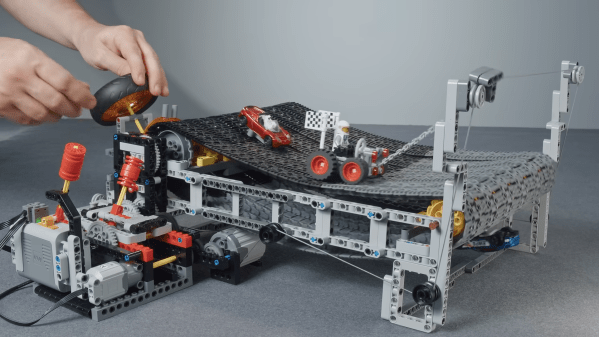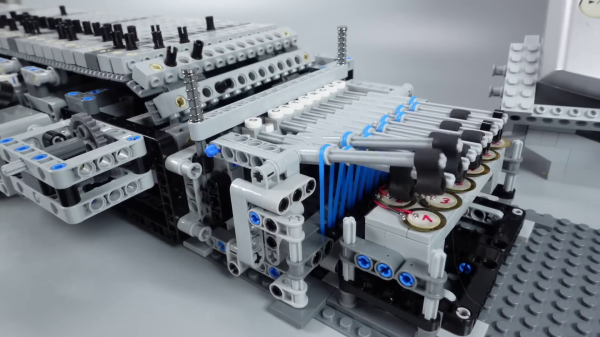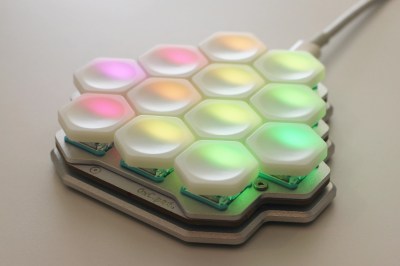Blender is a free and open source computer graphics package that’s used in the production of everything from video games to feature films. Now, as demonstrated by [Joey Carlino], the popular program can even be used to convert models into LEGO.
This new feature available in Blender 3.4 allows for the use of instance attributes in a way that a large number of points on a model can be created without causing undue strain on (and possible crashing of) the software. Essentially, an existing model is split into discrete points at specific intervals. The spacing of the intervals is set to be exactly that of LEGO bricks, which gives the model the low-resolution look of a real LEGO set. From there, a model brick is created and placed at each of these points, and then colors can be transferred to the bricks individually.
The demonstration that [Joey] uses is converting a beach ball model to LEGO, but using these tools on other models delivers some striking results. He goes over a lot of the details on how to create these, and it would only be a short step from there to ordering the bricks themselves. Or, using these models and sending them over to a 3D printer straight from Blender itself. Not bad for free software!








 Naturally, though, the video saves the best for last. The big transparent sphere is installed in a rig that surrounds it completely. The sphere itself is spun up thanks to wheels installed on two different axes. This allows the sphere to be spun in various directions under command from a PlayStation controller, creating more complicated vortexes and flow patterns. A set of swiveling casters are provided to hold the sphere in place as it rotates in various directions, and are damped with springs and rubber bands to stop the rig shaking itself apart.
Naturally, though, the video saves the best for last. The big transparent sphere is installed in a rig that surrounds it completely. The sphere itself is spun up thanks to wheels installed on two different axes. This allows the sphere to be spun in various directions under command from a PlayStation controller, creating more complicated vortexes and flow patterns. A set of swiveling casters are provided to hold the sphere in place as it rotates in various directions, and are damped with springs and rubber bands to stop the rig shaking itself apart.










